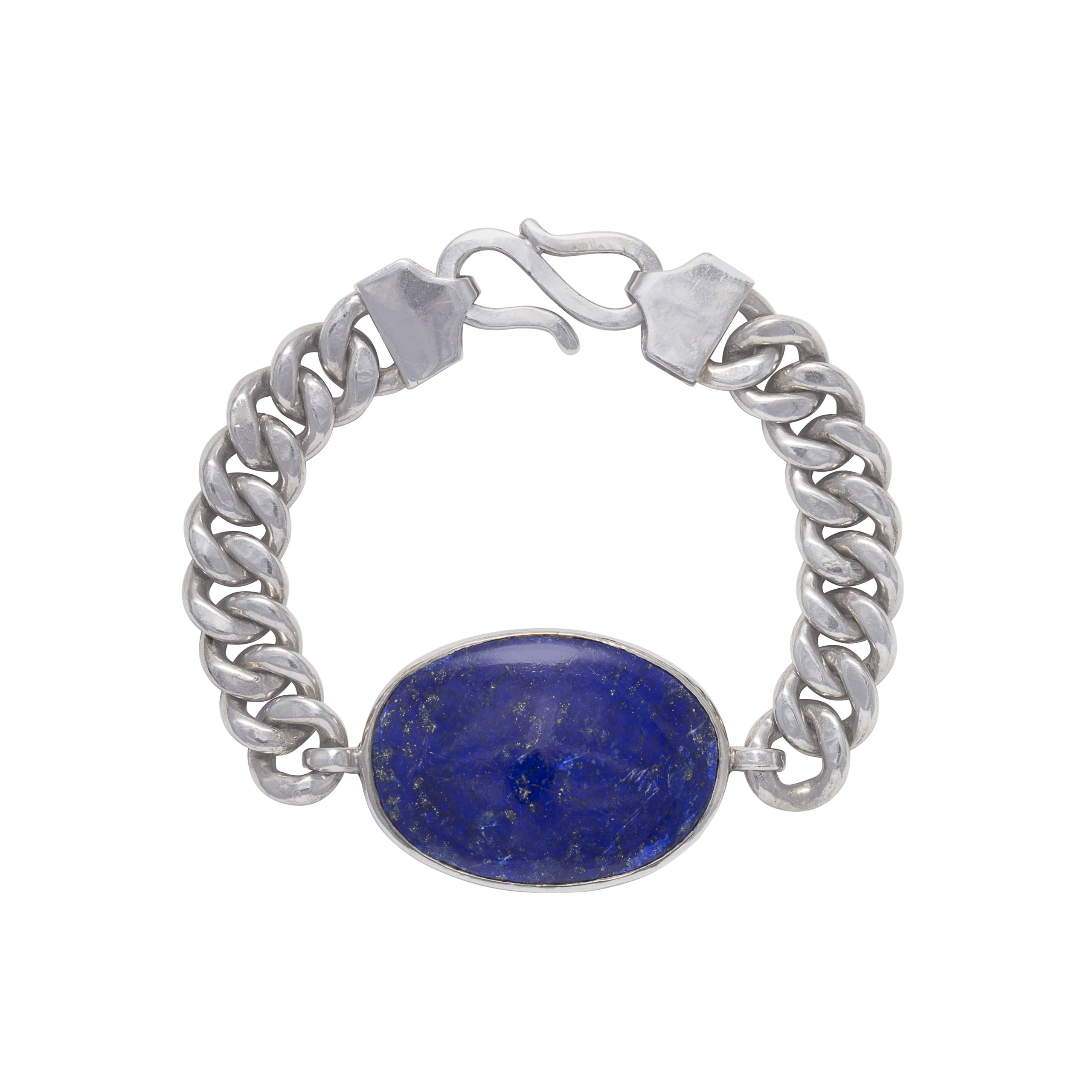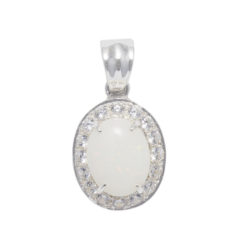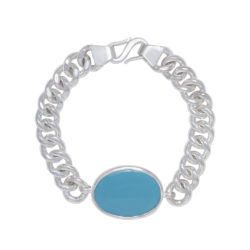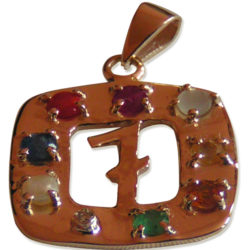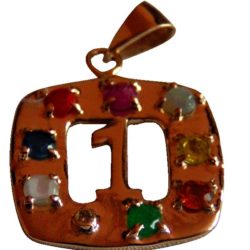- Gems from Heaven
- 0800 247 1200
- +44 20 4513 4006
- [email protected]
Lapis Lazuli Bracelet
£279.99
Lajward (40.50 carats)
A very special LAPIS LAZULI, Real, Pure and untreated, Massive 40.50 carats (Lajward). Lapis lazuli (lap-iz-la-zoo-lee) (sometimes abbreviated to lapis) is a semi-precious stone prized since antiquity for its intense blue colour.
Gold (9 carats, with 22 K polish): £479.99 (available on call only)
Gold (9 carats, with 22 K polish): £479.99 (available on call only)
A very special LAPIS LAZULI, Real, Pure and untreated, Massive 40.50 carats (Lajward). Lapis lazuli (lap-iz-la-zoo-lee) (sometimes abbreviated to lapis) is a semi-precious stone prized since antiquity for its intense blue colour.
Lapis lazuli has been mined in the Badakhshan province of Afghanistan for 6,500 years, and trade in the stone is ancient enough for lapis jewellery to have been found at Predynastic Egyptian sites, and lapis beads at neolithic burials in Mehrgarh, the Caucasus, and even as far from Afghanistan as Mauritania.
The one we sell is of “A” grade and please don’t get confused with the cheap versions.
The stone of friendship and truth
Lapis lazuli is regarded by many people around the world as the stone of friendship and truth. The blue stone is said to encourage harmony in relationships and help its wearer to be authentic and give his or her opinion openly.
Lapis lazuli is an opaque rock that mainly consists of diopside and lazurite. It came into being millions of years ago during the metamorphosis of lime to marble. Uncut, lapis lazuli is matt and of a deep, dark blue colour, often with golden inclusions and whitish marble veins.
Lapis lazuli is a gemstone of the kind that might have come straight out of the Arabian Nights: a deep blue with golden inclusions of pyrites which shimmer like little stars.
This opaque, deep blue gemstone has a grand past. It was among the first gemstones to be worn as jewellery and worked on.
At excavations in the ancient centres of a culture around the Mediterranean, archaeologists have again and again found among the grave furnishings decorative chains and figures made of lapis lazuli � clear indications that the deep blue stone was already popular thousands of years ago among the people of Mesopotamia, Egypt, Persia, Greece and Rome.
It is said that the legendary city of Ur on the Euphrates plied a keen lapis lazuli trade as long ago as the fourth millennium B.C., the material coming to the land of the two great rivers from the famous deposits in Afghanistan.
In other cultures, lapis lazuli was regarded as a holy stone. Particularly in the Middle East, it was thought to have magical powers. Countless signet rings, scarabs and figures were wrought from the blue stone which Alexander the Great brought to Europe. There, the colour was referred to as ‘ultramarine’, which means something like ‘from beyond the sea’.
Lapis Lazuli can help you attain mastery, perhaps more so than any other gemstone. This might be mastery of bread baking, piano playing, or of spirit itself.
To become a master, first, you must see your goal and then you must feel that you have attained it. Lapis can help you have these feelings.
Lapis can help you see your goals and dreams and give you the courage to attain them. If you continue to wear Lapis, it will also help you to realise these dreams.
Wearing a Lapis Lazuli makes one feel more empowered, helps one cultivate a more fearless, adventuresome spirit and encourages taking charge of life.
It also stimulates the higher faculties of the mind, bringing objectivity and clarity.
Lapis Lazuli has the power to harmonise the physical, emotional, mental and spiritual levels. With body, heart and mind working in harmony, mastery of any area of life becomes more attainable.
Lapis Lazuli bonds relationships in love and friendship and aids expressing feelings and emotions.
Lapis Lazuli is a protective stone that contacts spirit guardians.
A must have Gemstone for people who are in LOVE and thinks that their partner is more beautiful, good looking or superior in any way.
A stone of protection that may be worn to guard against psychic attacks, Lapis Lazuli quickly releases stress, bringing deep peace. It brings harmony and deep inner self-knowledge.
Encourages self-awareness allows self-expression and reveals the inner truth, providing qualities of honesty, compassion and morality to the personality. Stimulates objectivity, clarity and encourages creativity.
Lapis Lazuli assists to confront and speak one’s truth and inspires confidence. It bonds relationships, aiding in the expression of feelings and emotions.
When one or more of the following apply:
You are experiencing:
- Conflict between the dictates of your heart and mind
- Lack of self-confidence
- Difficulty envisioning your dreams or putting them into action
- Sluggish energy
- Imbalanced energy flows
You want to:
- Harmonise your thoughts and feelings
- Heighten your mental awareness
- Better understand your emotions
- Bring an emotional perspective to creative or analytical projects
- Balance and vitalize the flow of energy throughout your body
- Feel more empowered and cultivates a more fearless, adventuresome spirit
- Achieve greater mastery of a specific area in your personal or professional life
Lapis Lazuli harmonises your heart and mind as it forges stronger bonds between them. The energy radiated by Lapis can help you experience the energy and power you possess within.
This power is greatest when the energies of your mind and heart come together�in other words, when you’re emotional and mental bodies are working in harmony. Lapis improves the connection, communication, and understanding between your heart and mind.
When the mind is attuned to your emotions, it becomes richer, more fruitful, and bountiful. When feelings are illuminated by the mind, emotions are better understood. A strong connection between the heart and mind opens many possibilities. It expands your horizons and your potential. A must have gemstone for getting success in business and relationships.
In ancient Egypt lapis lazuli was a favourite stone for amulets and ornaments such as scarabs; it was also used by the Assyrians and Babylonians for seals. Lapis jewellery has been found at excavations of the Predynastic Egyptian site Naqada (3300�3100 BC), and powdered lapis was used as eyeshadow by Cleopatra.[1]
As inscribed in the 140th chapter of the Egyptian Book of the Dead, lapis lazuli, in the shape of an eye set in gold, was considered an amulet of great power. On the last day of the month, an offering was made before this symbolic eye, for it was believed that, on that day, the supreme being placed such an image on his head.
The ancient royal Sumerian tombs of Ur, located near the Euphrates River in lower Iraq, contained more than 6000 beautifully executed lapis lazuli statuettes of birds, deer, and rodents as well as dishes, beads, and cylinder seals. These carved artefacts undoubtedly came from material mined in Badakhshan in northern Afghanistan. Much Sumerian and Akkadian poetry makes reference to lapis lazuli as a gem befitting royal splendour.
In ancient times, lapis lazuli was known as sapphire,[7] which is the name that is used today for the blue corundum variety sapphire. It appears to have been the sapphire of ancient writers because Pliny refers to sapphirus as a stone sprinkled with specks of gold. A similar reference can be found in the Hebrew Bible in Job 28:6.
The Romans believed that lapis was a powerful aphrodisiac. In the Middle Ages, it was thought to keep the limbs healthy and free the soul from error, envy and fear.
It was once believed that lapis had medicinal properties. It was ground down, mixed with milk and applied as a dressing for boils and ulcers.
Many of the blues in painting from medieval Illuminated manuscripts to Renaissance panels were derived from lapis lazuli. Ground to a powder and processed to remove impurities and isolate the component lazurite, it forms the pigment ultramarine.
This clear, bright blue, which was one of the few available to painters before the 19th century, cost a princely sum.
As tempera painting was superseded by the advent of oil paint in the Renaissance, painters found that the brilliance of ultramarine was greatly diminished when it was ground in oil and this, along with its cost, led to a steady decline in usage.
Since the synthetic version of ultramarine was discovered in the 19th century (along with other 19th century blues, such as cobalt blue), production and use of the natural variety have almost ceased, though several pigment companies still produce it and some painters are still attracted to its brilliance and its romantic history.
**Medical Disclaimer** All Above mentioned Descriptions are according to Indian & Chinese Mythology & the seller takes no Responsibility whatsoever for any claim made in the Descriptions. Healing benefits of stones should not be intended as a substitute for advice from your physician or other healthcare professional.

